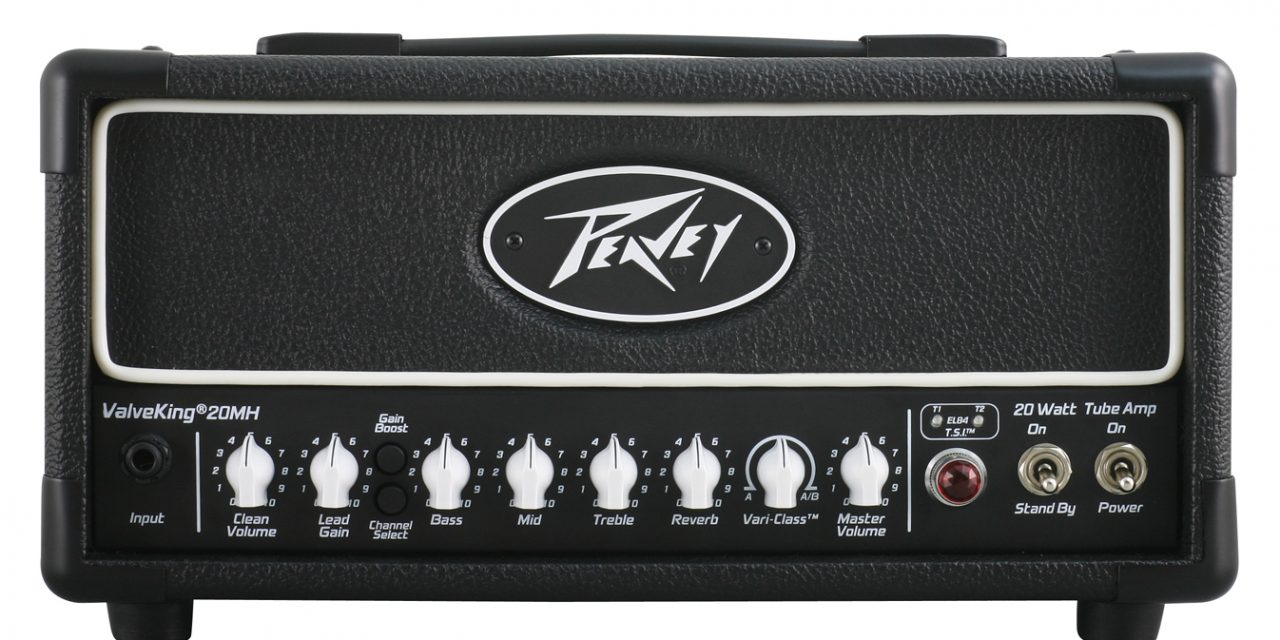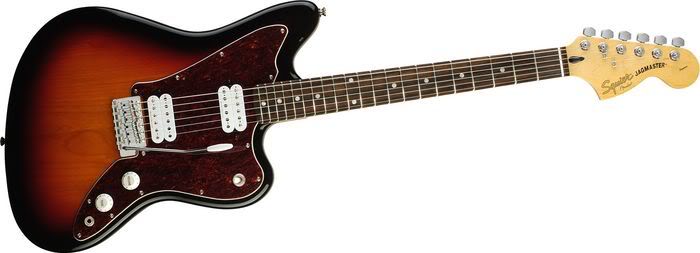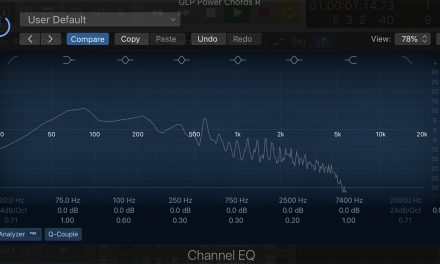Updated on April 23, 2016. Originally published almost 2 years earlier.
Yesterday I packed up my Fender Superchamp X2 and took it to Guitar Center where I traded it in on the Peavey Valveking II Micro-Head. My transformation is now complete. I went Fender Frontman (SS) to Fender Mustang II (SS + Modeling) to Fender Superchamp X2 (SS + Modeling + Tubes) to Peavey Valveking II (Tubes.) I am now the proud owner of an all-tube amp. Does that matter? Not really. I’ve liked all of the amps I just listed. They were all great amps for the money. But this head is definitely a step up from the Superchamp – it has a quality and richness of tone that the Superchamp didn’t have.
The Valveking II sounds good, but more importantly it covers the three bases well – clean, crunch, and overdrive. And all points in between.
And it’s a killer tube amp for recording. It’s switchable from 1 watt to 5 watts to 20 watts, it can be used in 8 or 16 ohm configuration, and it has a USB output that uses a built-in speaker simulator. Clean channel, gain channel, and a boost on the gain channel that is foot switchable. Sounds great with my single 12 cab.
But can you really call a $429 amp head an appropriate piece of gear for “The Budget Guitarist?” I think so. It’s under $500, which is sort of the unofficial cutoff point for “budget” for me. I have never seen an amp head for under $500 new that can match the versatility of this head and sound as good doing it. Tweaking is mandatory – with the three band EQ at noon, the sound is mediocre and a little harsh, depending on the guitar. The treble knob is the key to happiness, as it is on most tube amps. Dial it back some, and you’ll hear the sound you’re looking for.
FAB’s, stolen from the Peavey website, with my comments
- Two EL84 and three 12AX7 tubes – All tube power, baby
- 20 watts – but can be switched down to 5 watt or 1 watt mode
- Patented Microphone Simulated Direct Interface (MSDI™) with ground lift and speaker defeat
- Speaker output with impedance switch – 8 ohm or 16 ohm output
- TSI™ tube monitoring with LED pass/fail indicator lights – lights show if your tubes are healthy
- Vari-Class™ variable Class A simulation control – A knob that makes the amp sound different
- Microphone Simulated USB Recording output – I will be testing this out
- 3 band EQ – Treble knob is the key to happiness
- Reverb with level control – Digital reverb sounds good, but a variety of spaces would have been better
- Gain/volume boost on lead channel – For solos, of course. Foot switchable!
- Two independent channels – Clean and Not Clean
- Footswitch input – Channel switching plus extra gain boost
- Buffered effects loop – which I’d use if I had pedals. Will try out my floor pod plus on it.
So what does it sound like? How about some audio samples or a YouTube video? Sure thing, but not today or tomorrow, because I will be unavailable. To be continued…
3/21/14 – Recording the Micro Head
I am conducting multiple experiment test recordings to find the best way to record this amp, and it has been productive. Here’s what you need to know: Unless you’ve got a great cabinet, a good microphone, and a great recording space, don’t bother trying to record with a mic. The direct out options are going to sound better than what you can achieve at home. In my opinion, the amp does a very good job of sounding like itself via the USB or XLR output. The A/D conversion happens after the pre and power amp stages, so you can capture the power tubes being worked if you desire.
So which method is better… USB or XLR? They both sound good but they have both drawbacks to learn. If using the USB out, it is very important that you crank up the master volume to a decent level. The USB A/D interface is budget-level… there’s going to be some high pitched whine in the background. With the master on 5 and no other electronics in the chain, you can’t really hear it. But in my home studio environment, with the master set at 2, I could clearly hear the whine and the track I recorded was unusable. Turning up the master masked the whine OK, but made the amp LOUD (which is what you’d imagine) even on the 1 watt setting.
Recording via the XLR output, sent directly to my Focusrite Scarlett 2i2, there was no whine. The amp sounded good with the master on 2 or 5. This would be the option that semi-pro studios would use. The downside is that you’re adding another preamp into the signal chain, but the signal itself is much cleaner without the USB low end A/D garbage coming out of the amp. If you’re on a super tight budget, the USB out will work – just be sure to set the master to at least 5. The amp does allow you to disable the speaker, if that’s an issue.
Now back to your regularly scheduled review.
This amp head, two years after buying it, has turned out to be gold.
Appearance
The Peavey logo is dorky. Let’s be honest. It’s like the Jetsons meets Twisted Sister. It’s an otherwise decent looking head, with black tolex and white accents. The “tubes are bad” lights are a farce – I had to replace my power tubes after a year and a half but they were still showing green. Believe it or not, you can remove the logo.
Clean
I think the clean is very good. It’s not as warm as a great Fender sound, not as chimey as a great Vox sound, but it’s fairly comparable with a Marshall clean and might even be a little bit better. You can’t have it all in one amp, but this thing comes close. I’m plenty happy with the clean sound.
Crunch
Better crunch than anything but a Marshall. Is it as good as a Marshall? Um… some days I’d say yes, some days no. I think it’s comparable.
Overdrive
You can dial this amp head into the territory of extreme overdrive without hearing crazy hiss and hum. It’s almost a miracle, but lots of modern amps can do this. I think it does a great job at the “beyond Marshall” overdrive sounds. People who want that tone all the time should get an amp that specifically does that better. But to my ears, this head does a great job at overdrive – very nice sounding. Actually it’s my favorite sound on the amp. Playing leads with overdrive is a dream.
Value
Here is the honest truth – you are almost always better off with an amp head and a separate cabinet. Yes, it’s a pain to drag around, but having the head separate allows you to pair it with any speaker you want. I see this as being of great value. I also see this particular head as being of great value, because it’s loud enough for gigs, but perfect for recording.





